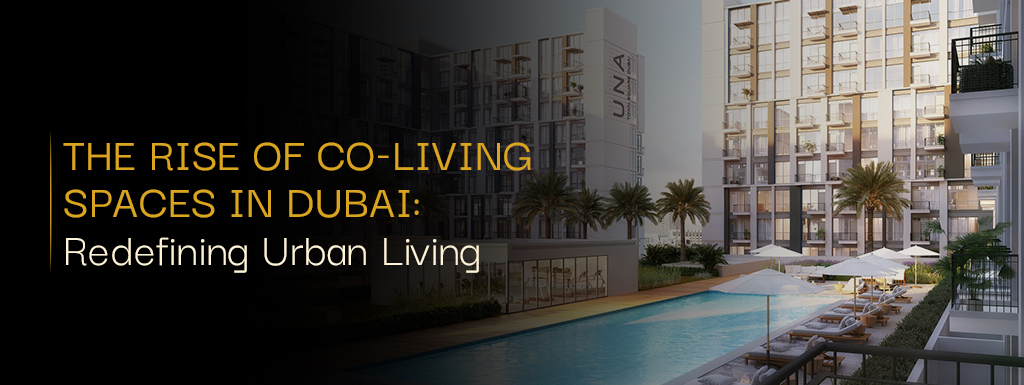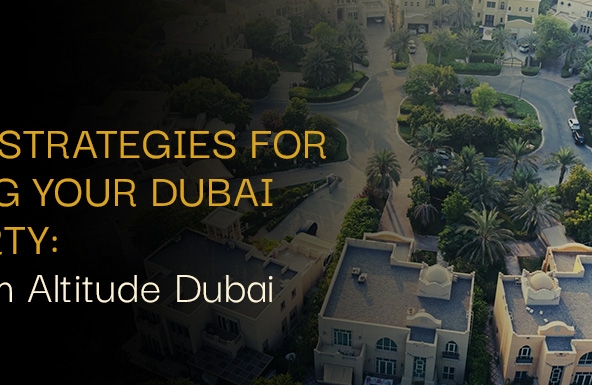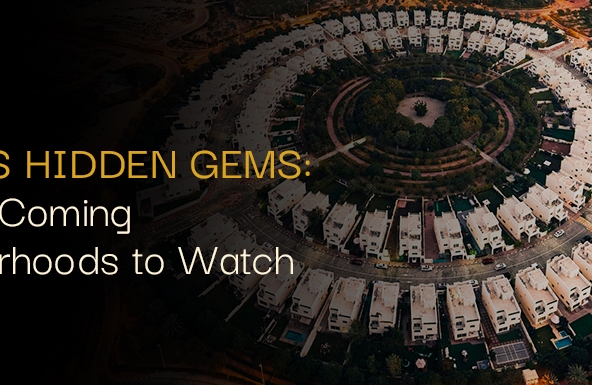In the vibrant cityscape of Dubai, where innovation meets luxury, a new trend is emerging that is reshaping the concept of urban living – co-living spaces. Traditionally known for its opulent skyscrapers, bustling lifestyle, and cosmopolitan culture, Dubai is now witnessing a significant shift towards communal living arrangements that cater to the evolving needs and preferences of its diverse population. Co-living spaces are redefining the way people think about housing, emphasizing shared spaces, collaborative living, and a sense of community. In this blog, we’ll explore the emergence of co-living in Dubai, its drivers, benefits, challenges, and the opportunities it presents for both residents and real estate developers.
The Emergence of Co-Living
The concept of co-living is not entirely new, but its popularity has surged in recent years, fueled by changing lifestyles, economic factors, and advancements in technology. In Dubai, where the cost of living can be high, especially in prime locations, co-living presents an attractive option for individuals and families seeking affordability without compromising on quality of life. Co-living spaces in Dubai often come fully furnished and equipped with amenities such as high-speed internet, co-working spaces, fitness centers, and communal kitchens, providing residents with everything they need for a comfortable and convenient lifestyle.
Drivers Behind the Trend
One of the key drivers behind the rise of co-living spaces in Dubai is the growing demand for flexible and hassle-free accommodation solutions, particularly among young professionals, expatriates, and digital nomads. With its transient population and dynamic business environment, Dubai offers fertile ground for the development of co-living projects that cater to the needs of modern urban dwellers. These spaces not only offer affordable housing but also foster a sense of community and social interaction, providing residents with opportunities to connect, collaborate, and engage with like-minded individuals from diverse backgrounds.
Social Benefits of Co-Living
Moreover, co-living spaces in Dubai are designed to foster a sense of community and social interaction. Whether through organized events, communal activities, or shared facilities, co-living encourages a more sociable and supportive living environment. This sense of belonging is particularly valuable in a city known for its fast-paced lifestyle and transient population, providing residents with a sense of stability and belonging in an otherwise bustling metropolis.
Practical Advantages
In addition to the social benefits, co-living spaces in Dubai also offer practical advantages, such as cost savings, flexibility, and convenience. By sharing living expenses such as rent, utilities, and household supplies, residents can enjoy significant cost savings compared to traditional housing arrangements. Furthermore, the flexible lease terms and all-inclusive pricing models offered by many co-living operators provide residents with greater freedom and mobility, allowing them to adapt to changing circumstances without the constraints of long-term commitments or hidden costs.
Opportunities for Real Estate
From a real estate perspective, the rise of co-living presents lucrative opportunities for developers, investors, and operators looking to capitalize on the growing demand for alternative housing solutions in Dubai. With its strong rental market, favorable regulatory environment, and strategic location, Dubai offers an attractive landscape for investment in co-living projects, with potential for high returns and sustainable growth. Moreover, the government’s initiatives to promote innovation and entrepreneurship further support the development of co-living as a key component of Dubai’s evolving urban landscape.
Challenges and Concerns
However, despite its many benefits, the concept of co-living is not without its challenges and criticisms. Some argue that co-living spaces may lack privacy and individual autonomy, while others raise concerns about hygiene, security, and management issues. Addressing these concerns requires careful planning, design, and management to ensure that co-living spaces meet the highest standards of quality, safety, and comfort for their residents.
Conclusion
In conclusion, the rise of co-living spaces in Dubai represents a paradigm shift in the way we think about urban living – from isolation and anonymity to connectivity and community. By offering a unique blend of affordability, convenience, and camaraderie, co-living is redefining the way people live, work, and socialize in one of the world’s most dynamic cities. As Dubai continues to evolve and diversify, co-living is poised to play an increasingly important role in shaping the future of urban living in the emirate. As residents embrace the concept of co-living and developers respond to the growing demand, we can expect to see a proliferation of innovative and sustainable co-living projects across Dubai, each contributing to the city’s reputation as a global hub for innovation, creativity, and inclusivity. In this era of rapid urbanization and technological advancement, co-living offers a glimpse into the future of urban living – a future where community triumphs over isolation, and connection transcends boundaries.
This transformative shift towards co-living not only addresses the housing needs of Dubai’s diverse population but also fosters a sense of belonging and collaboration, ultimately enriching the social fabric of the city. As co-living continues to gain momentum, it has the potential to reshape the urban landscape of Dubai, creating more inclusive, sustainable, and vibrant communities where residents can thrive and flourish.



